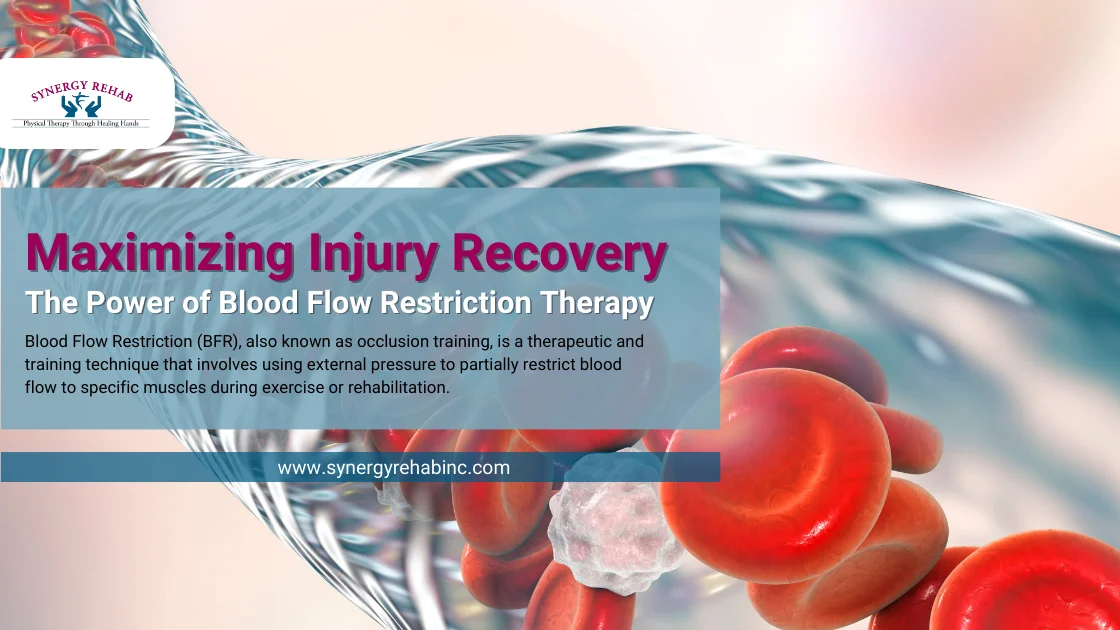
Maximizing Injury Recovery: The Power of Blood Flow Restriction Therapy
Blood flow restriction therapy (BFR) is revolutionizing the landscape of physical rehabilitation and injury recovery. This innovative technique, increasingly utilized in blood flow restriction physical therapy, offers a promising solution for those aiming to expedite their recovery process. In this article, we’ll explore the mechanics, benefits, and applications of BFR, especially in the context of […]

5 Mental and Physical Wellbeing Tips for 2024 from Best Physical Therapist in Southfield
While serving as a physical therapist in Southfield, I’ve seen firsthand the importance of maintaining both mental and physical well-being. The year 2024 presents new challenges and opportunities in this realm, and I’m excited to share five key tips to help you stay at your best while undergoing physical therapy. Remember, as Joseph Pilates once […]
